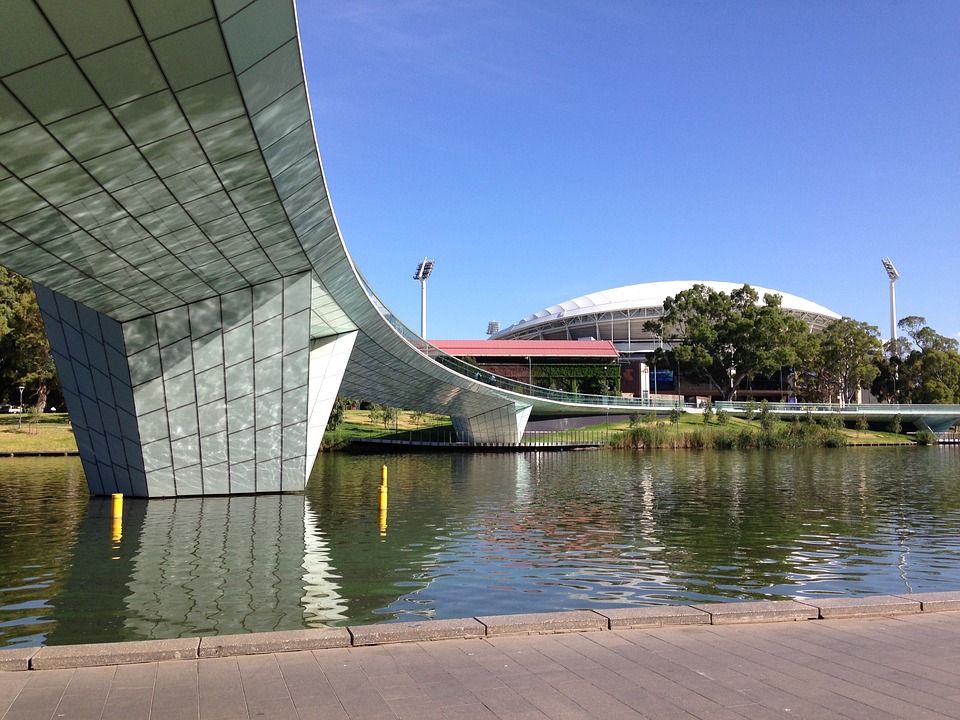Australian Green Bank to finance grid-scale energy storage
Australian green bank Clean Energy Finance Corp. (CEFC) has announced that it is working with the South Australian government to support Australia's largest grid-scale energy storage project

Australian green bank Clean Energy Finance Corp. (CEFC) has announced that it is working with the South Australian government to support Australia's largest grid-scale energy storage project.
CEFC will help develop a financing package to aid the development of the project.
The South Australian government is supporting the construction of the country’s largest battery to store energy from wind and solar resources, as part of its $150 million Renewable Technology Fund.
An expression of interest period was held last month for national and international companies interested in building the 100 megawatt (MW) battery.
Oliver Yates, CEO of CEFC, said in a statement: “We welcome the opportunity to work with the South Australian Government on this exciting initiative. This project will efficiently demonstrate how battery storage can play a part in the competitive future of our energy system”.
The CEFC had been in discussion with a number of large-scale battery providers for some time, including those looking to offer potential energy storage solutions in South Australia – according to Yates.
He said: “Projects that can be implemented rapidly like this can complement a range of longer-term storage projects already under consideration. These could include a Snowy Mountains Scheme 2.0; the proposed Kidston pumped hydro development in Queensland; the proposed Cultana pumped hydro project on the Eyre Peninsula in South Australia and potential improvements to Tasmania's electricity system centred around its long established hydro facilities."
A growing number of studies point to renewables as the most affordable and secure, in addition to environmentally-friendly, options for energy in Australia.
The Australian National University (ANU) published a study detailing how a zero-emissions grid would work in the country.
The study states that the grid would rely mainly on wind and solar energy, supported by pumped hydro storage.
Specifically, wind and solar would contribute an estimated 90 per cent of Australia’s total electricity demand, with hydroelectricity and biomass supplementing the remaining 10 per cent.
In addition, a study conducted by Ndevr Environmental showed that Australia’s surge in renewables in October last year saw greenhouse gas emissions fall by a remarkable 3.57 million tonnes in December quarter.
The report’s authors said this reduction was entirely due to record levels of renewable energy generation, namely wind and hydro.
Never miss an update by signing up to our free newsletter here.


